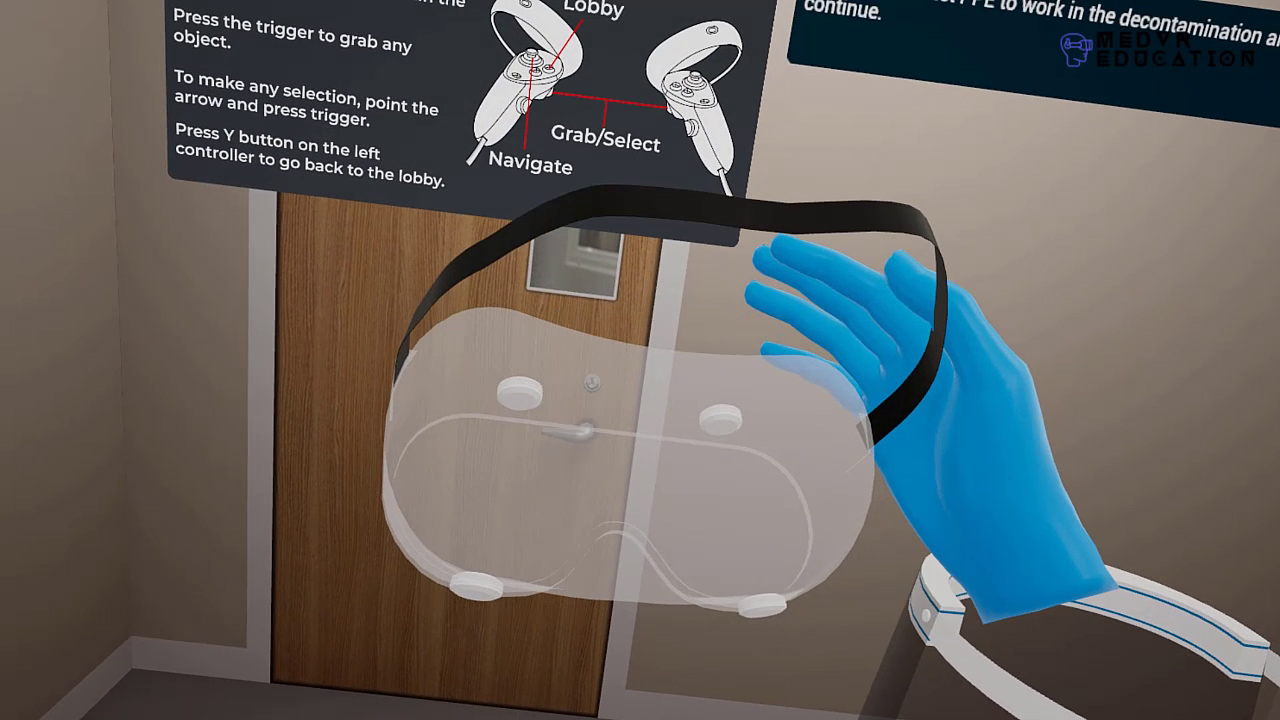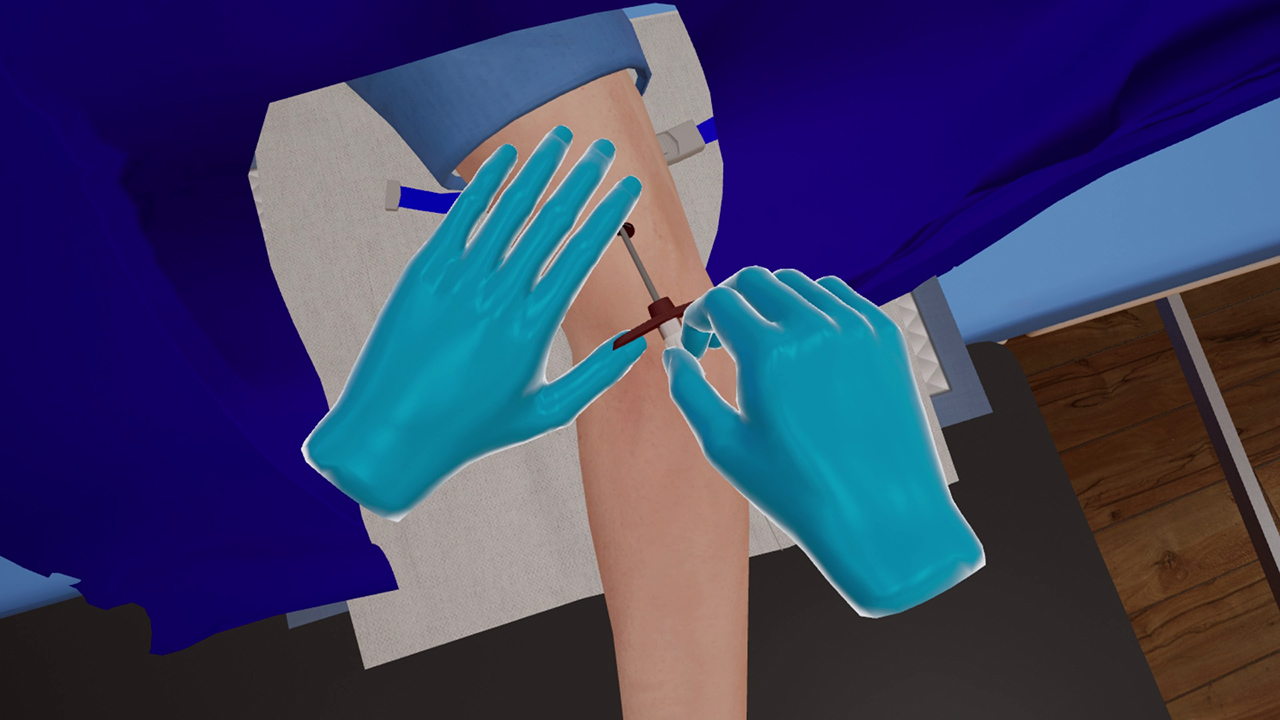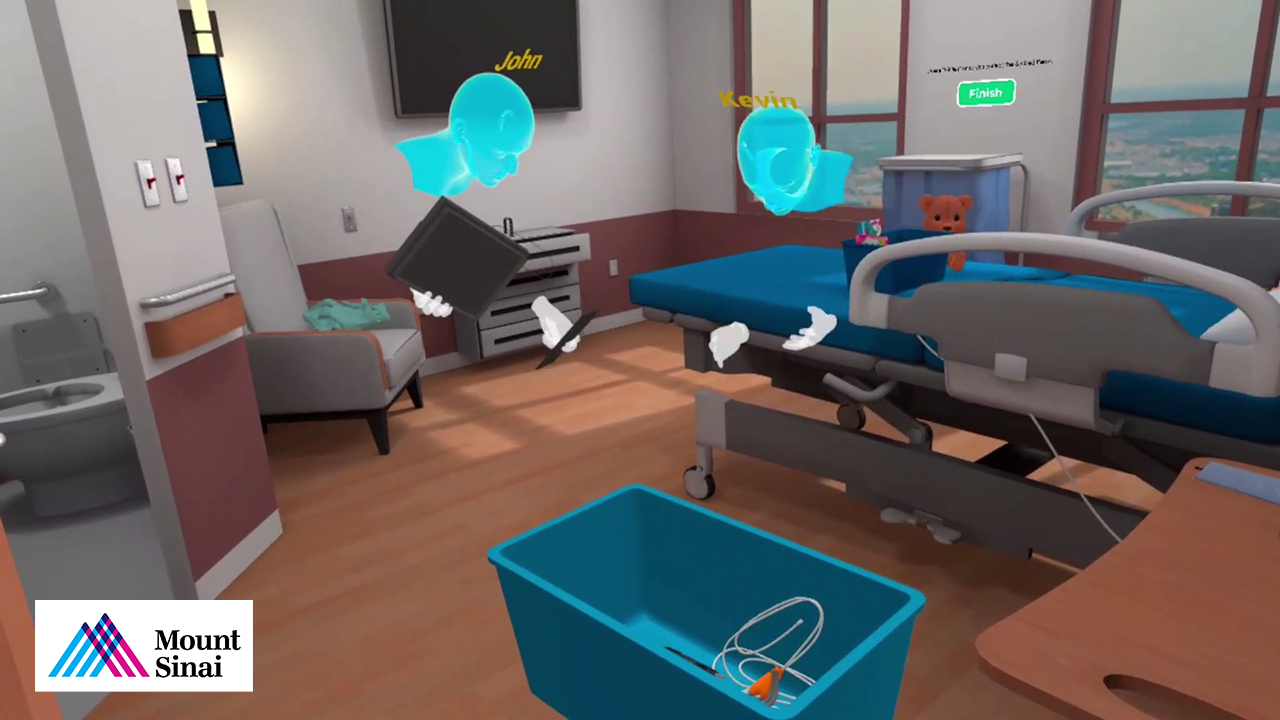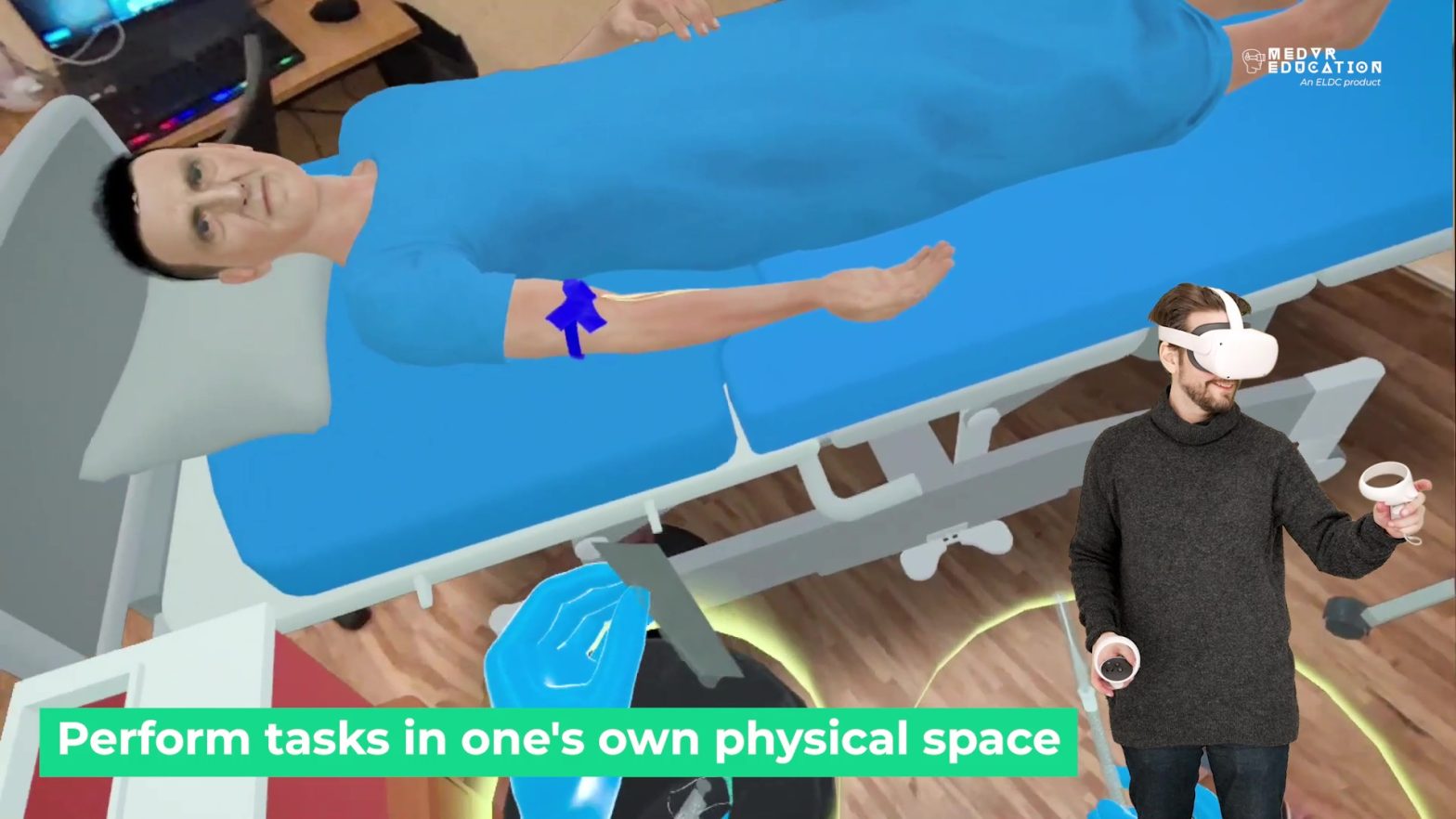
Can clinical simulations in VR help transform healthcare education for the better?
Employment opportunities in the healthcare sector are witnessing a sharp increase globally but are we able to meet the demand? According to a Mercer report, by 2025 the US alone will face a shortage of 446,300 home health aides, 95,000 nursing assistants, 98,700 medical and lab technologists and technicians and 29,400 nurse practitioners. These figures are nothing but alarming. Reasons for this shortage can be attributed to causes like an aging population, increased longevity, retiring workforce, insufficient new recruitments and lack of training facilities.
Needless to say, the pandemic has nothing but worsened the scenario. Due to lockdowns, there has been a delay in admissions and course completion, pushing the estimated medical staff shortage numbers higher than before. While students and professionals can gain knowledge from books, videos and lectures there is nothing that can substitute the experience of hands-on practice and personal experience.
Scope of Training of Clinical Simulations in VR
Implementing clinical simulations in VR could be one of the best ways to meet the increasing training needs of the healthcare industry. In a VR training session, learners are placed in close-to-reality simulated environments and provided adequate affordances to perform and practice tasks as one would do in a real-life situation. Almost all departments in a healthcare facility can benefit from VR training, helping hone skills, build confidence as well as meet the increasing requirements.
Nursing: How would you read this report from Project Hope that states that in the year 2012, US nursing schools turned away 79,650 qualified applicants due to insufficient training resources. It is true that setting up training facilities requires immense resources and huge financial investments. With every healthcare institution requiring a large and efficient nursing staff the solution to meet demands lies in VR training. With simulation training for nurses, it is possible to meet the training requirement without having an elaborate setup and within a manageable budget. Multiple practice sessions can be carried out simultaneously making it possible to train a larger group in one particular skill at any one given time.
Allied healthcare: A cardiographer, phlebotomist, sonography technician, physical therapy aide, radiographer, sterile processing technicians and similar technical and non-technical staff fall under the definition of allied healthcare workers. These may be small tasks but critically important for successful diagnosis and treatment of diseases. Each task requires accurate training and sufficient practice sessions to help these healthcare professionals execute tasks with efficiency. Clinical simulations in VR meet the need for multiple run-throughs of procedures providing ample practice sessions before venturing out in a real-world scenario to face real challenges.

Performing a nursing skill like PICC insertion in VR can help practice in stress-free and risk-free environments.
Surgery: Precision is a key requirement for every surgery. Performing under pressure, maintaining a calm attitude and delivering life-saving skills is not an easy task. The only way to achieve perfection towards handling such situations is to expose oneself to similar circumstance and practice relentlessly. Simulated environment can prove to be very useful in such cases where repeated practice sessions can be undertaken over and over again with zero risks attached.
Physicians: VR simulated environments with AI enabled virtual humans prove to be valuable training and practicing grounds for physicians. Interacting with patients, understanding their complaints, having to answer questions, diagnosing disease based on provided symptoms, tackling different types of patients skillfully and patiently are just some of the ways in which a physician can benefit from simulation training sessions. It is worth mentioning that according to a report from the Association of American Medical Colleges (AAMC) by the year 2032 the US is projected to face a shortage of close to 121,000 physicians. Creating and providing adequate training opportunities could be one way of helping bring this figure down.
Equipment handling: Apart from medical devices and report generations there is a host of equipment to be handled and managed in a healthcare facility, for example patient handling equipment. With simulation training methods, prospective staff can be trained in handling equipment proficiently. Practice sessions prior to starting work in an actual healthcare facility creates familiarity and a level of comfort when performing real life duties.
Soft skills training: All patients as well as their caregivers are unique cases in themselves. One rule will not apply to all and all rules will not apply at all times. Presence of mind, a calm and composed disposition and a listening ear can be used to comprehend, process and eventually react. Building this kind of personality takes time and does not happen with one or two cases. Soft skills training is necessary for every single person working in the healthcare facility and interacting with inmates and visitors. Facing similar as well as some rare situations with AI enabled virtual humans exposes trainees to multiple situations giving them a wide range of experience and opportunity to learn how to act and react.
Continued development: Learning is an endless process and there is always scope to learn something new. Knowledge once acquired needs to be revisited, refreshed and reviewed. Scope for improvement can be explored and new skills developed. Technological advancements open opportunities to improve upon old methods and explore advanced methods of treatment. Each new development calls for some kind of training and healthcare professionals can keep themselves abreast by undertaking continued knowledge and skill development training sessions. VR training will be the most viable option to fit into their busy schedules as these sessions can be undertaken at times best suited to them.
Simulations can be said to be the cornerstone of clinical training. This, however, is resource intensive and due to issues like budget and standardization it is suffering a setback. Clinical simulations in VR can be a solution to overcome these issues and yet make quality healthcare training available to all learners. With elaborate set-up requirements ruled out, VR training proves to be highly cost-effective for institutions. All VR simulations trainings, like the ones offered by MedVR Education, are repeatable, absolutely risk-free, not bound by time or location and have no added costs attached.
VR is transforming medical education. Knowledge is being put to practice and learning has moved out of classrooms in to the arena of training with experiences, analyzing mistakes and improving upon errors to emerge proficient, skilled and confident.
Contact us to know more about VR in healthcare training, or visit our MedVR Education webpage to explore the various programs we offer.


